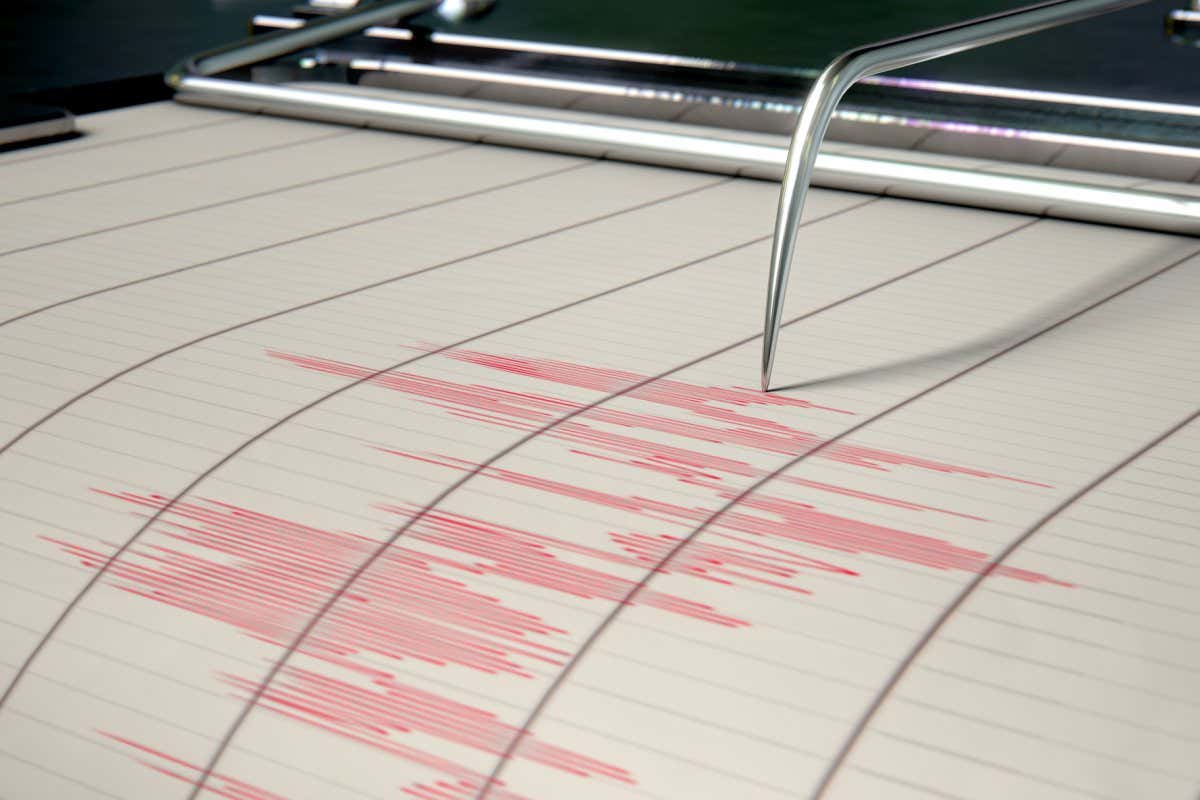A deep learning algorithm has been developed to remove city noise from earthquake monitoring systems, which could make it easier to detect and locate tremors. Urban areas produce various noises from cars, aircraft, helicopters, and general activities, making it challenging to identify the underground signals that indicate an earthquake. Understanding fault systems in vulnerable cities is crucial for anticipating seismic events.
In an effort to enhance earthquake detection and localization, researchers at Stanford University trained a deep neural network to differentiate between earthquake signals and other types of noise. They combined about 80,000 samples of urban noise with 33,751 samples of earthquake signals for training, validation, and testing. Urban noise data was obtained from audio recorded in Long Beach, California, while earthquake signals were collected in the rural area around San Jacinto, California. The neural network was trained on millions of combinations of these samples.
The neural network effectively improved the signal-to-noise ratio, which measures the level of the desired earthquake signal compared to background noise, by an average of 15 decibels. This is three times better than previous denoising techniques. The researchers’ work has been highly praised by experts in the field.
However, there are a few limitations to consider. Firstly, the neural network was trained using supervised learning, with humans labeling the data. Additionally, the training data was specific to one area, which means the model may not perform as well when presented with noise from different locations. The ideal goal for this field is to achieve unsupervised learning, which would enable the model to handle noise from various cities. Furthermore, the noise signatures in different environments may vary from those the model was trained on, making it less effective in places other than California.
Insights:
This research showcases the potential of deep learning algorithms in improving earthquake monitoring systems. By successfully removing city noise, the algorithm enhances our ability to detect and locate seismic events. This has significant implications for understanding the fault systems that underlie vulnerable cities and better anticipating earthquake events.
The limitation of using supervised learning and training data from one specific area highlights the need for more diverse and unsupervised training methods. To achieve more robust models, future research should focus on incorporating data from different locations and exploring unsupervised learning techniques.
Topics:
- artificial intelligence
- earthquakes








